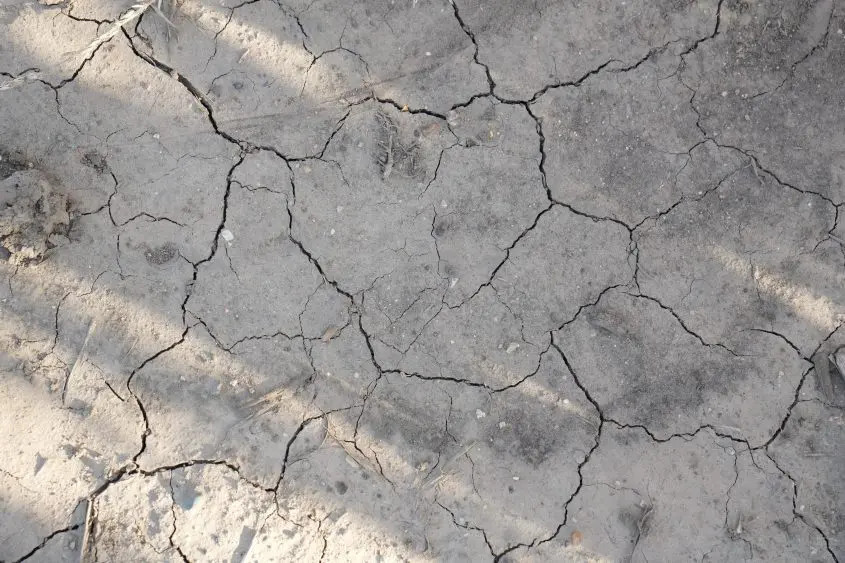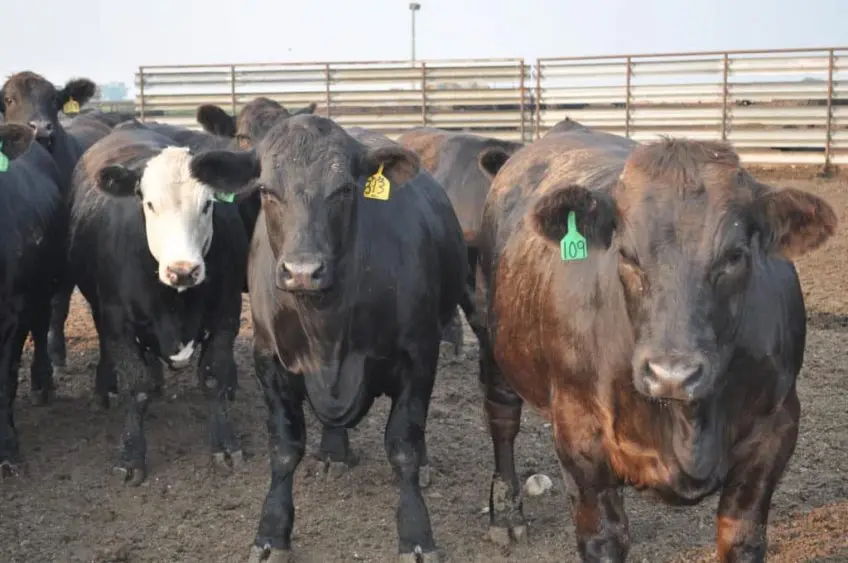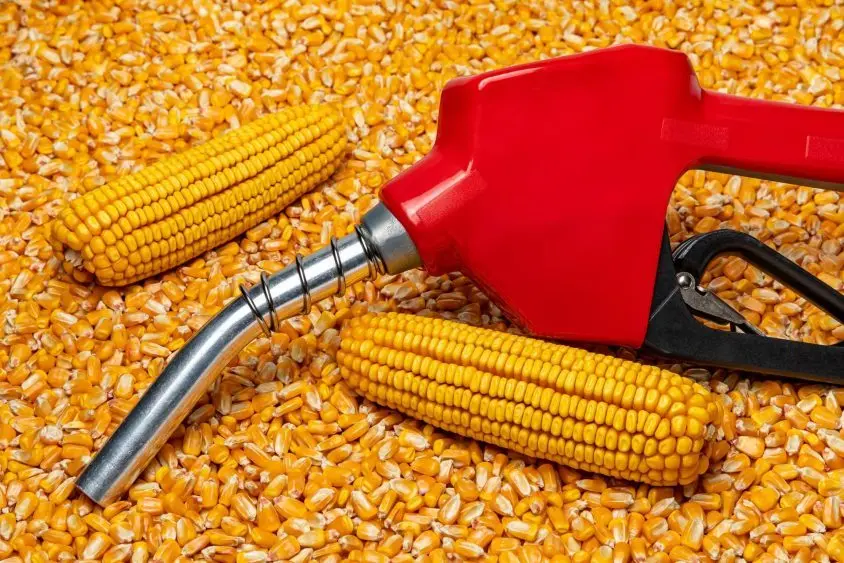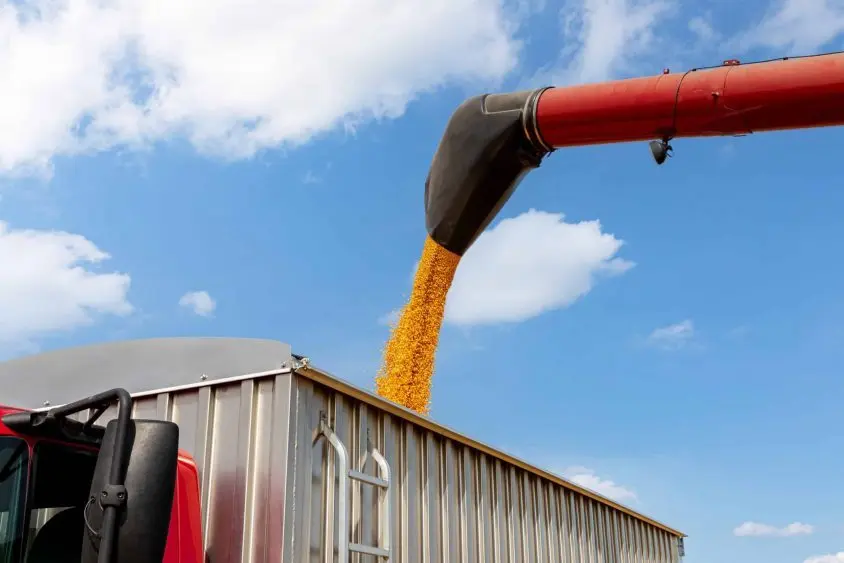
From the Dakotas to the Ohio Valley, a stubborn dry spell is tightening its grip on the Midwest. What began as patchy late-season dryness has deepened into a broad regional drought, leaving cracked fields, dusty skies, and growing concern among farmers and ranchers across the Northern Plains.
In the Dakotas, ranchers are moving calves earlier than usual as pastures dry up and forage quality declines. With pasture conditions mixed, some areas are holding up well, while others are suffering from late-season dryness that has reduced grazing potential. The pattern extends southward, where reports indicate drought is worsening from Missouri northward into the Great Lakes region, stressing crops, stirring up dust, and increasing fire risk.
The U.S. Drought Monitor shows intensifying short-term dryness across Illinois, Missouri, Indiana, and Ohio, with soil moisture reserves rapidly depleting. The National Weather Service has issued warnings of elevated fire danger across large parts of the Midwest due to dry, windy conditions, urging farmers to carry fire extinguishers during harvest to reduce combine and field fire risk.
As conditions worsen, states are working to strengthen conservation efforts. In Illinois, officials have rolled out a $35-per-acre grant program to encourage no-till and strip-till practices that improve soil health and help retain moisture. But across Missouri and neighboring states, those same conservation efforts are under pressure. Successful Farming notes that dry, windy weather is making erosion and blowing dust more likely, threatening topsoil and complicating post-harvest fieldwork.
The dry spell is also rippling through the farm economy. Farmer sentiment has weakened, with the latest Ag Economy Barometer showing that producers’ perception of current conditions has dropped, even as their expectations for the future improved slightly. At the same time, low river levels along the Mississippi are making barge shipping more expensive, driving up costs for grain movement from Missouri and Illinois to export terminals.
With rainfall limited and temperatures staying mild, the Midwest’s dryness appears likely to linger through harvest. For many farmers, the coming weeks will be a test — balancing fieldwork, soil protection, and the realities of a tightening economy as they wait for the weather to finally turn.



